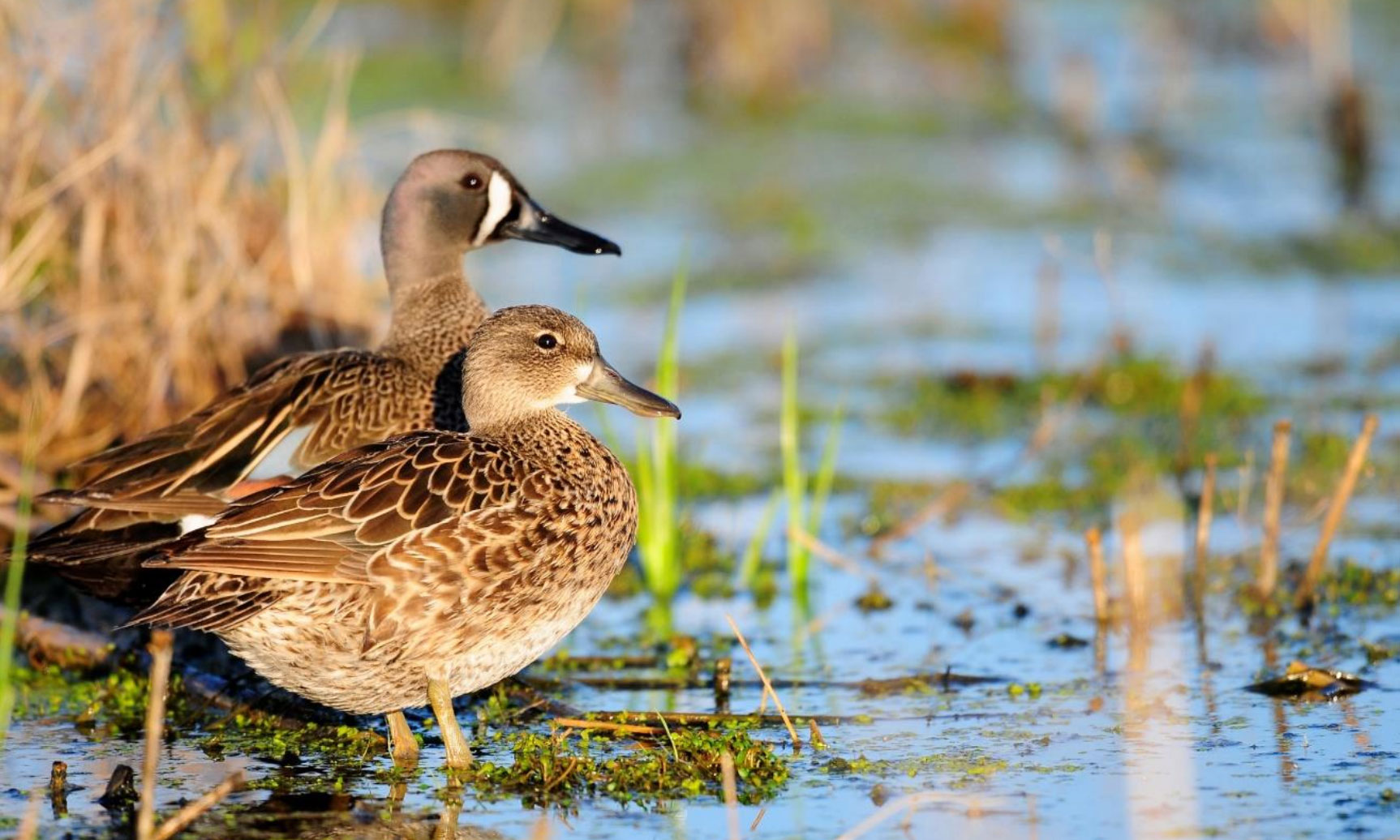I completed my first flight for fall 2013 on Tuesday. It started out as a great day to fly with cool temperatures, clear skies, and light and variable winds. Temperatures peaked in the low 80’s by 3 PM when I recorded a temperature in the cockpit of 98 degrees. Duck numbers for the Illinois River exceeded the 10-yr weekly average by 60% and totaled 38,620 total ducks. Blue-winged (22,555) and American green-winged teal (6,230) exceeded their 10-yr weekly average by 51% and 31%, respectively. Total ducks on the Mississippi River were near the 10-yr average and totaled 5,300 ducks; although blue-winged teal (3,610) were 17% below average for the first week of September. With the heat wave currently hitting the prairies, I doubt we get a push of teal by the opener on Saturday, September 7th. The extended forecast for Devils Lake, ND, shows milder temperatures by the middle of next week so let’s hope for a movement of teal into Illinois by the second weekend of teal season. Wetland habitat conditions for waterfowl are variable this fall. The extended flooding of the rivers during spring 2013 prevented early drawdowns. The Illinois River fell below 8 ft. at Havana on July 18th and has remained low to date.
Wetland managers that dewatered had time to grow moist-soil vegetation “duck groceries” and a few areas have abundant submersed aquatic vegetation. Indeed, some areas look great; notables include Cuba Island, Carlson Unit at Anderson Lake, Chautauqua NWR, Emiquon Preserve, Hitchcock Slough, Swan Lake, and Hennepin & Hopper. Similarly, a few areas along the Mississippi River have above average duck forage this fall including, Delair, Cannon, Batchtown, Arthur, and Louisa refuges. However, many refuges along both rivers held their water or only partially dewatered. My estimate of duck food in the Illinois and Mississippi river valleys is slightly below average for fall 2013.

